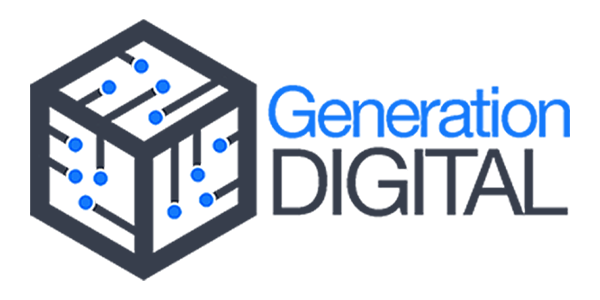Unlocking the potential of the Internet of Things
The Internet of Things (IoT) is probably the most impactful mega trend today and a key theme as organizations across sectors embark on digital transformation. With over 1 trillion connected devices expected by 2020, consumerization of technology and rich software-defined products, the economic impact for product companies is huge. The upsurge of sensor and mobile technologies, the scalability of cloud computing, powerful and real-time analytics and flexibility of embedded systems, enables the potential of connected products.
IoT is experiencing exponential growth fuelled by decreasing costs in computing, the proliferation of mobile devices, ubiquitous connectivity and the rise of cloud computing. If policy makers and businesses get it right, linking the physical and digital worlds could generate up to $11.1 trillion a year in economic value by 2025.
IoT offers tremendous opportunity, and hundreds of companies have already made big bets in this space. But it’s not simple to provide the end-to-end IoT solutions that customers want and need. It is not easy for a hardware manufacturer of connected devices, for example, to acquire (or become) a software provider that delivers value in the applications and analytics layer. Moving up and down the technology stack will be a challenge.
But there is good news: companies need not simply grit their teeth and build these capabilities through hiring or M&A. They can pick the areas in which they want to compete and develop partnerships with other companies in order to build a powerful suite of end-to-end offerings. With a clear vision of where—and by whom—dollars are actually being spent in IoT, companies have a timely opportunity to gain significant traction in the IoT space, and they can position themselves to stake a claim in one of the biggest market opportunities of our generation.
Internet of Things Services
- Our Internet of Things business practice provides transformative capabilities for our clients’ businesses by successfully deploying connected products.
- Our broad and deep experience - We offer a broad range of proven, end-to-end capabilities in planning, implementing and managing mobility and IoT solutions.
- Our rich ecosystem of partners enables us to provide leading-edge mobility solutions while always providing technology-agnostic, independent advice.
Blueprint for IoT Project
1. Identify a need and market. The value of the smart device lies in in the service that it brings to the customer. Identify the need to develop a strong offer that brings value rather than creating a simple gadget.
2. Validate your idea. Carry out market research to determine whether the device in question already exists. Benchmarking will allow you to pinpoint any competitors, find sources of inspiration, and areas for improvement.
3. Prototype the device. New digital creation techniques, such as 3D printing, are the ideal solution for producing prototypes faster and for less money. They also promote iteration, which is key process when designing the device.
4. Connect the 'Thing'. Right now, there is no mandatory standard for interconnecting different devices. Choosing the right technology is essential if the device and the service are to enrich the information system and eventally the user experience.
5. Develop the application. Today, the main smart devices are linked to an dedicated mobile app. Since the app transforms the smartphone into a remote control, it must be easy to use for your end-users.
6. Manage the data. Fitted with a multitude of sensors, smart devices generate an enormous amount of data, which need to be processed and stored with the utmost security.
7. Analyze and exploit the data. By processing and analyzing the data, the company can extract the key information required to deploy the right service at the right time an din the right place.
8. Measure the impact of the smart device. Set up probes to monitor your devices and data traffic quality. This will help you measure the impact of the smart device in real time and adapt its actions accordingly.
9. Iterate to fine-tune the device’s use. After launching the project, feedback needs to be taken into account in order to adjust and fine-tune the project. Due to its very nature, digital technology requires continuous adaptation and iteration. "Try & learn" is the fundamental principle behind digital transformation when imposing a new use.
10. Prototype again


